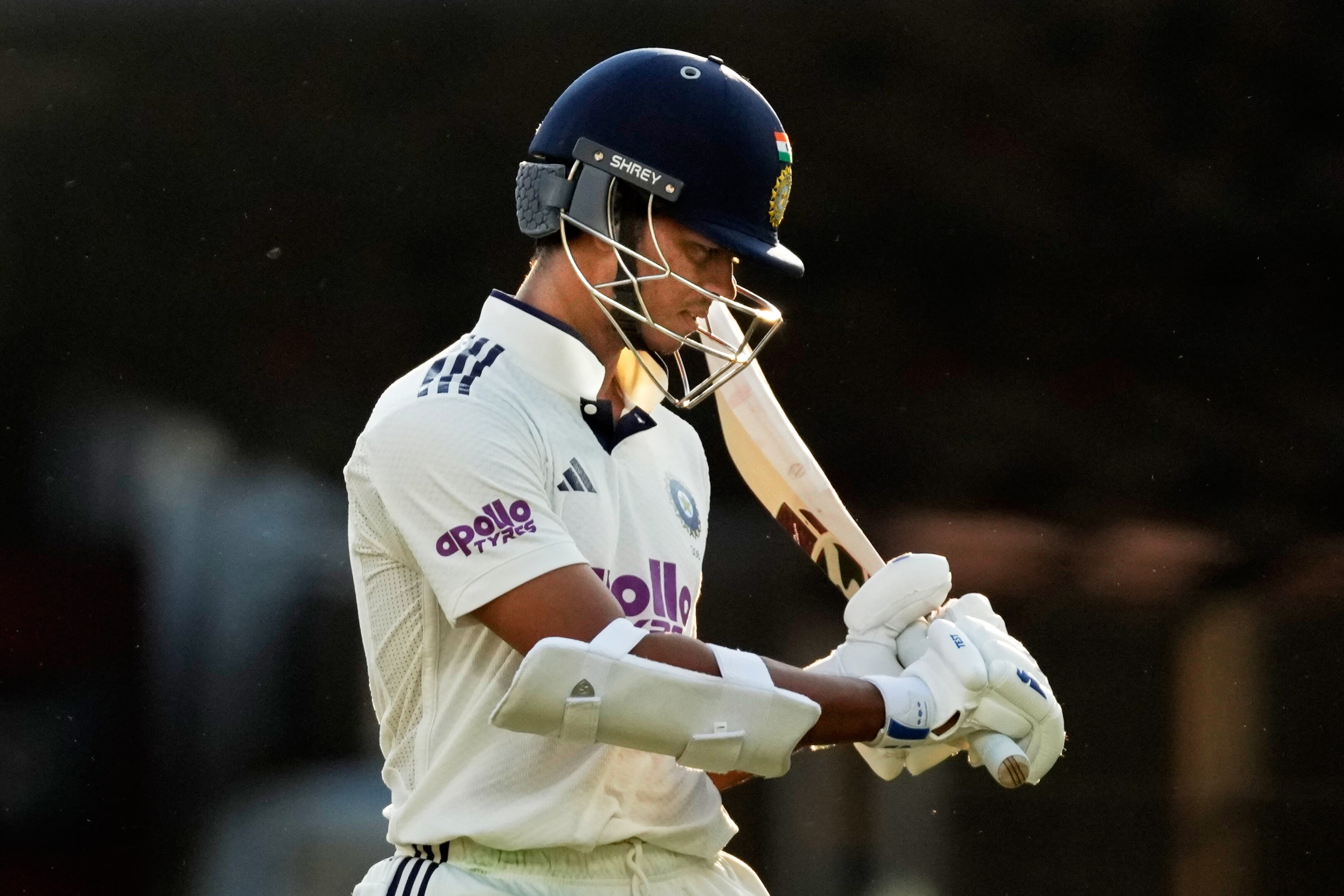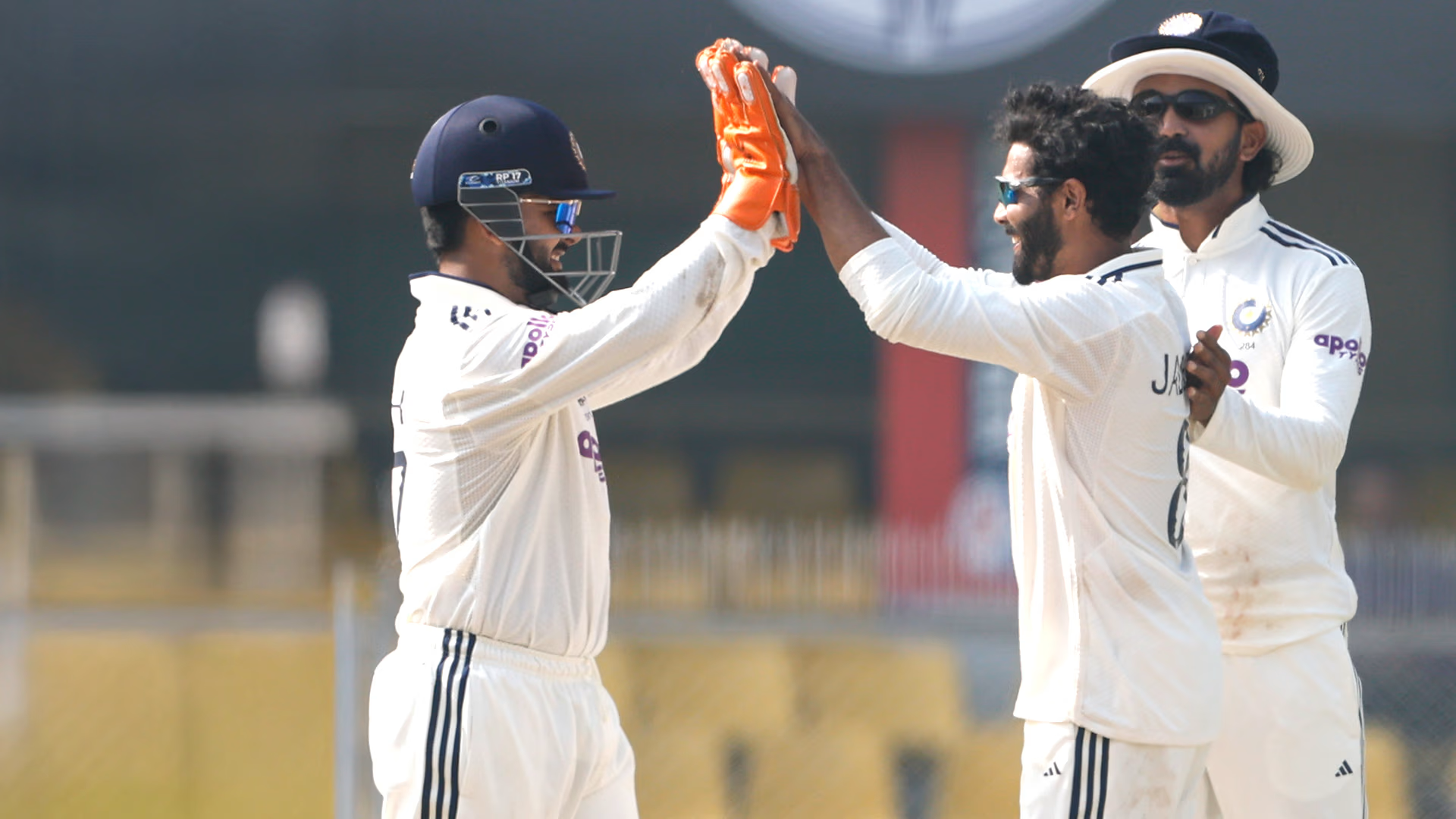Indian cricket is in the midst of an unprecedented crisis. The Test team—once nearly unbeatable at home—is staring at back-to-back whitewashes under head coach Gautam Gambhir. The latest disaster came in Guwahati, where South Africa crushed India by 408 runs, completing a 2-0 sweep and marking India’s heaviest defeat in Test history. Coupled with the 0-3 humiliation from New Zealand earlier in 2024, the pressure on Gambhir has intensified like never before.
Former cricketers, selectors, and experts are openly questioning his leadership, his selection strategy, and the team’s confusing shift toward all-rounder-heavy combinations. For a nation that dominated the world for a decade with specialist depth, stable roles, and a clear identity, the current slide feels uncharacteristic—and deeply alarming.
Former pace bowler Atul Wassan has already called for Gambhir’s removal from the Test coaching role and demanded Rahul Dravid’s return. Ex-selector Saba Karim has gone as far as to declare that India has “forgotten how to play Test cricket.” Their sentiments echo the frustration felt by millions of fans wondering how a powerhouse team ended up in such a vulnerable state.
India’s current condition is a culmination of poor planning, an unsettled batting lineup, weakened spin resources, and all-rounders who aren't delivering. If decisive action is not taken soon, the decline could deepen further. The coming months may determine whether Gambhir can salvage his Test coaching stint—or whether Indian cricket must brace for more sweeping changes.
Below is a detailed breakdown of the four major errors experts believe Gambhir has made, followed by a closer look at the controversies, criticism, and philosophical shifts shaping this turbulent period.

Gambhir’s Four Major Mistakes in Test Cricket
1. Playing With Only Three Specialist Batters
Under Gambhir, the Indian team has increasingly leaned toward all-rounders—even in Test cricket, a format historically defined by specialist roles. This approach drastically reduced the number of pure batters in the XI.
Against South Africa, India fielded only three specialist batters in both Tests: Yashasvi Jaiswal and KL Rahul in both matches, with Shubman Gill playing the first and Sai Sudharsan the second.
In the opening Test, all three struggled on a turning surface. The first innings in Guwahati offered temporary relief—Jaiswal, Rahul, and Sudharsan collectively put up 95 runs—but the middle order collapsed spectacularly. Batters from No. 4 to No. 7 combined for only 23 runs. Rishabh Pant and Dhruv Jurel fell to rash shots, betraying a lack of Test-match temperament.
With so few specialists, India repeatedly failed to build partnerships or construct competitive totals. A lineup overloaded with bits-and-pieces all-rounders simply cannot substitute for the quality and endurance required in the longest format.
2. Excessive Experimentation in the Batting Order
India’s once-stable No. 3 spot has turned into a revolving door. Gambhir’s approach has seen Washington Sundar bat at No. 3 in the first Test, followed by Sai Sudharsan in the second. Before that, Karun Nair was also trialed in the same role.
For nearly two decades, this position anchored India’s Test stability—first with Rahul Dravid, then Cheteshwar Pujara. Today, it has become one of the most uncertain roles in the squad.
The confusion doesn’t end there. Multiple players have been shuffled at No. 5 as well—Pant, Jurel, and Jadeja all tried this spot. Historically, this position belonged to dependable names like VVS Laxman and Ajinkya Rahane.
This non-stop musical chairs approach has disrupted rhythm, destroyed confidence, and weakened India’s ability to build innings. Test cricket thrives on consistency—but the current strategy is eroding it.
3. Absence of a Strike Finger Spinner
India’s dominance at home was built on the legendary spin duo of Ravichandran Ashwin and Ravindra Jadeja. But ever since Ashwin retired in 2024 as India’s second-highest wicket-taker, there has been no finger spinner capable of filling that void.
Washington Sundar, who was preferred over Ashwin during the Australia tour, failed to sustain his performances. Jadeja now shoulders the spin burden virtually alone. Worse yet, captains haven’t utilized him as effectively as MS Dhoni and Virat Kohli once did.
While Sundar and Axar Patel offer utility with the bat, neither poses a consistent wicket-taking threat. Meanwhile, proven domestic spinners—Sai Kishore, Saransh Jain, Saurabh Kumar—continue to watch from the sidelines.
In the absence of a specialist strike spinner, India’s ability to dominate at home has eroded dramatically.
4. All-rounders Failing to Deliver
India’s Test XI often includes three of these four all-rounders: Sundar, Axar, Jadeja, and Nitish Reddy. But the returns have been underwhelming.
-
Sundar and Axar contribute with the bat but fail to strike with the ball.
-
Jadeja continues picking wickets, but his batting has dipped significantly in Asian conditions.
-
Nitish Reddy neither scores runs nor bowls enough overs to justify his selection.
This overdependence on multi-skilled players is yielding neither balance nor results. By packing the team with all-rounders at the expense of specialists, India is losing depth in both batting and bowling.

“Blame Starts With Me”: Gambhir Reacts After India’s 0-2 Loss
After the record 408-run defeat in Guwahati, Gambhir did not shy away from accountability. When asked whom the blame should fall upon, he responded, “The blame lies with everyone and starts with me.”
He acknowledged India’s collapse from 95/1 to 122/7 as “unacceptable” and refused to single out any individual. This defeat marked the third time India were whitewashed at home—two of those coming under Gambhir’s tenure.
Under his leadership:
-
India have lost 10 of 18 Tests
-
Suffered two consecutive home whitewashes
-
Undergone frequent squad overhaul, yet seen no improvement
While critics blame his tactical choices and overreliance on all-rounders, Gambhir defended his credentials, pointing out his role in winning the Champions Trophy and drawing the Test series against England 2-2.
On his future, he maintained: “It is up to the BCCI to decide. Indian cricket is important, I am not.”

Why Experts Say India’s Test Decline Is Linked to Gambhir
Beyond selection decisions, Gambhir’s tenure has been clouded by deeper controversies and philosophical shifts. Five major factors stand out.
1. The Ashwin Retirement Controversy
Ashwin’s sudden retirement in 2024 still raises eyebrows. Though he publicly denied any conflict, many believe Gambhir’s push for all-rounders—especially Washington Sundar—created an atmosphere where a legendary specialist felt undervalued.
The perception that Ashwin was nudged out, even indirectly, has impacted morale and left India without a world-class finger spinner for the first time in a decade.
2. The Exits of Virat Kohli and Rohit Sharma
The Test retirements of Kohli and Rohit were hammer blows to India’s batting core. Officially, both cited personal decisions—but widespread reports suggest they were willing to continue.
Critics claim Gambhir sought to diminish the influence of these senior stalwarts, viewing them as potential challengers to his authority or philosophy.
The loss of two generational batters has forced India into premature rebuilding. Had Kohli and Rohit remained to mentor Shubman Gill and others, India’s home dominance might have survived intact.
3. A Chaotic, Ever-Changing Batting Order
Players have been shuffled across positions without clarity or consistency. No. 3 alone has seen Gill, Sudharsan, Nair, and Sundar trialed in quick succession.
Experts argue that Gambhir’s approach confuses players and denies them the stability vital for Test success. The insistence on squeezing all-rounders into the XI has also led to:
-
Weak middle-order stability
-
Inexperienced batters in critical roles
-
Lack of long partnerships
This shift marks a significant departure from India’s traditional Test blueprint.
4. Constant Chopping and Changing
High turnover has become a defining feature of Gambhir’s tenure. Players are dropped after single failures; new faces appear every series.
While experimentation is acceptable, this level of churn has:
-
Eroded players’ confidence
-
Destroyed role clarity
-
Created a survival-based environment
-
Prevented chemistry from developing
Former cricketers point out that India once excelled because players felt backed, not because they feared being dropped.
5. Questionable Pitch Strategy and an Unclear Philosophy
Perhaps the most surprising shift is Gambhir’s alleged preference for extremely turning tracks. The Kolkata Test against South Africa was played on an aggressive spin-friendly surface—one Gambhir later admitted he personally wanted.
But the gamble backfired spectacularly. India lost inside three days, unable to handle the very conditions they thought would give them an advantage.
This tactical miscalculation has led many to question whether the team is overestimating its spin strength and underestimating fundamental Test skills.

What India Must Do Now
Gambhir himself offered clarity in his press conference: Test cricket must be prioritized again. However, experts believe this requires more than commitment—it demands structural correction.
The immediate steps India may need include:
-
Restoring specialist roles in the batting order
-
Bringing in at least one strike finger spinner
-
Reducing reliance on all-rounders
-
Stabilizing the playing XI
-
Revisiting the role of Gambhir as Test coach
India’s Test team once thrived on discipline, clarity, and specialist excellence. Today, it feels “the most confused Indian side ever,” as one expert put it.
The collapse of the home fortress—once considered impenetrable—makes this moment a turning point. Whether Gambhir remains coach or BCCI opts for a reset, Indian cricket cannot afford indecision or repetition of the same errors.
The next few months will determine whether this is a temporary slump—or the beginning of a long-term decline.
With inputs from agencies
Image Source: Multiple agencies
© Copyright 2025. All Rights Reserved. Powered by Vygr Media.
























